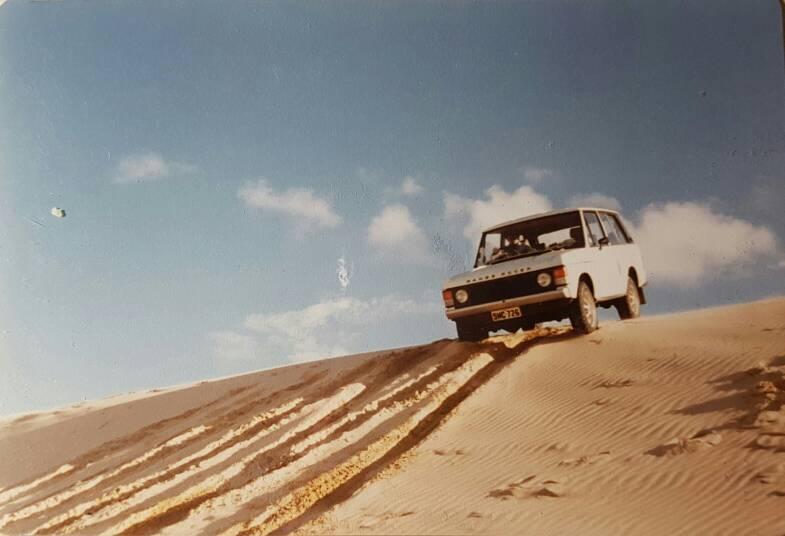Correct. They all look the same because they are all the same - targeting different tiers of the same luxury urban angst escapism market. The next Defender will be for the urban executive who wants to look like a tradie but has no idea what a tool is.
If the new defender is offered as a dual cab it will also attract small business owners due to the tax advantages.
If the aus government changes tax rules it could have a significant effect on dual cab sales.
There's a commercial version of the Discovery available in the UK which loses all the back seats to create a large cargo area separated from the two front seats by a cage. In the UK that configuration has some significant business tax advantages. Seems like that might sell well here too.
Yes, but how easy would it have been to deal with some of the basic ergonomic issues, like move the front seats a bit inboard so people arent squashed against the b-pillar, allow them to sit a bit lower if desired, deal with the handbrake-leg clash, make the seats a bit bigger and more comfortable, lighten the clutch pedal effort, fit an automatic transmission, etc. They arent a hack, communist era state produced vehicle.
In terms of model designation, it could have been called the Peasant Rover.

Yes, although being ultimately a privately owned company, there is not a legal compulsion to do so.
But even though the company has to at least break even, there is no strong compulsion for a particular product line to be made profitably - it may have other reasons for production, as in the past the Defender probably has, although it has probably remained profitable for its entire history. Don't forget that for many years, the Defender's predecessor and ancestor, the Series 3, was the only product in the entire British motor industry that actually made a profit. And that according to some accounts, every Mini sold, ever, was at a loss.
John
JDNSW
1986 110 County 3.9 diesel
1970 2a 109 2.25 petrol
The handbrake-leg clash only became an issue when the seats were moved inboard in 1987, with the fitting of thicker doors. The ergonomics were basically set by the design in 1948-58 which included the requirement for three abreast seating and was based on a British population stunted by childhood in two world wars and the Great Depression.
And, remembering it is a work vehicle, not a luxury vehicle, and worker comfort was not high on the agenda in the 1940s and 1950s.
Subsequent significant changes to the dimensions would have run into the roadblocks of parts commonality with previous production, one of Landrover's strengths and reasons for low design cost per vehicle despite small production numbers, and in recent years, the fact that it was still in production as a 'grandfathered' design, and significant changes would have triggered a major redesign.
Personally, I find the seats among the most comfortable of the cars I drive or travel in. Lightening the clutch could have been done, although I have never found it an issue, and while there would have been no real reason for not making an automatic available, with the US market closed to them, there was no strong compulsion to provide it either.
John
JDNSW
1986 110 County 3.9 diesel
1970 2a 109 2.25 petrol
| Search AULRO.com ONLY! |
Search All the Web! |
|---|
|
|
|
Bookmarks